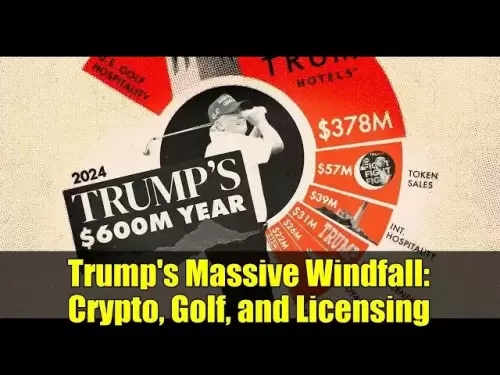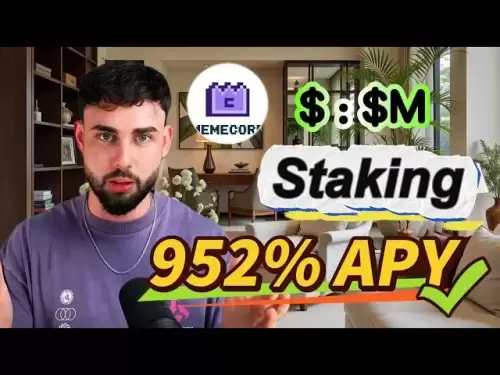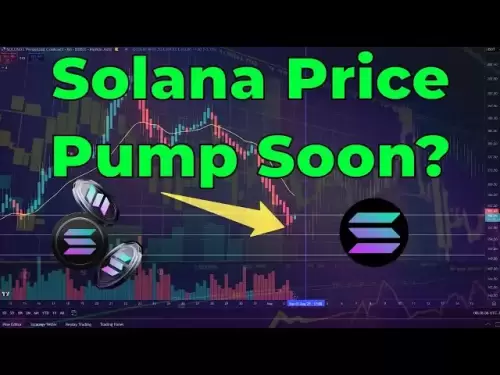-
 Bitcoin
Bitcoin $114400
1.84% -
 Ethereum
Ethereum $3496
3.49% -
 XRP
XRP $2.902
5.12% -
 Tether USDt
Tether USDt $1.000
0.03% -
 BNB
BNB $750.6
1.83% -
 Solana
Solana $161.8
3.52% -
 USDC
USDC $0.9999
0.01% -
 TRON
TRON $0.3262
2.20% -
 Dogecoin
Dogecoin $0.1991
4.57% -
 Cardano
Cardano $0.7243
5.29% -
 Hyperliquid
Hyperliquid $38.41
7.08% -
 Stellar
Stellar $0.3963
8.77% -
 Sui
Sui $3.437
4.53% -
 Chainlink
Chainlink $16.26
5.05% -
 Bitcoin Cash
Bitcoin Cash $542.7
3.79% -
 Hedera
Hedera $0.2474
9.14% -
 Ethena USDe
Ethena USDe $1.001
0.04% -
 Avalanche
Avalanche $21.39
3.03% -
 Toncoin
Toncoin $3.637
1.63% -
 Litecoin
Litecoin $109.0
3.76% -
 UNUS SED LEO
UNUS SED LEO $8.964
0.07% -
 Shiba Inu
Shiba Inu $0.00001219
4.31% -
 Polkadot
Polkadot $3.593
4.12% -
 Uniswap
Uniswap $9.149
5.01% -
 Monero
Monero $299.0
2.38% -
 Dai
Dai $1.000
0.01% -
 Bitget Token
Bitget Token $4.339
2.29% -
 Pepe
Pepe $0.00001047
5.37% -
 Cronos
Cronos $0.1340
6.71% -
 Aave
Aave $258.7
5.06%
What is NFT? How does it change digital art ownership?
NFTs revolutionize digital art ownership by allowing artists to tokenize and sell their work directly, ensuring uniqueness and authenticity through blockchain technology.
Apr 29, 2025 at 07:07 pm
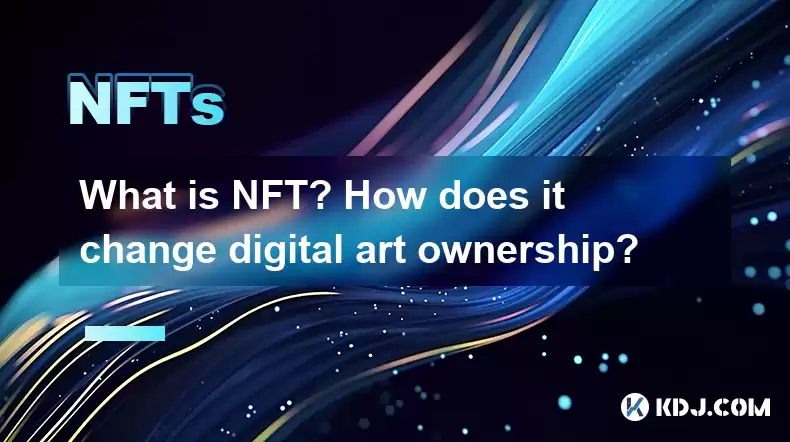
NFT, or Non-Fungible Token, represents a groundbreaking innovation within the cryptocurrency and blockchain world. Unlike cryptocurrencies such as Bitcoin or Ethereum, which are fungible and can be exchanged on a one-to-one basis, NFTs are unique digital assets that cannot be exchanged on a like-for-like basis. Each NFT has distinct information or attributes embedded within it, making it one-of-a-kind. This uniqueness is what has revolutionized the concept of digital art ownership.
What Makes NFTs Unique?
The core of an NFT's uniqueness lies in its blockchain technology. Typically, NFTs are minted on the Ethereum blockchain, although other blockchains like Flow or Tezos are also used. The blockchain serves as a decentralized ledger that records all transactions and ownership details, ensuring that each NFT has a verifiable and immutable history. This technology guarantees that once an NFT is created, its authenticity and ownership can be traced back to its origin, providing a level of security and transparency that was previously unattainable in digital art.
How NFTs Change Digital Art Ownership
NFTs have fundamentally altered the landscape of digital art ownership by introducing a system where artists can tokenize their work and sell it directly to consumers. This shift bypasses traditional intermediaries such as galleries or auction houses, allowing artists to retain more control and potentially higher profits from their work. When an artist mints an artwork as an NFT, they create a digital certificate of ownership that is stored on the blockchain. This certificate proves the buyer's ownership of the specific digital asset, even though the artwork itself may still be viewable by anyone online.
The Process of Buying and Selling NFTs
To understand how NFTs change digital art ownership, it's helpful to look at the process of buying and selling these tokens. Here's a step-by-step guide on how to engage with NFTs:
- Choose a Marketplace: There are several NFT marketplaces available, such as OpenSea, Rarible, and Nifty Gateway. Each platform has its own set of features and user base, so it's important to select one that suits your needs.
- Set Up a Wallet: To interact with NFTs, you'll need a cryptocurrency wallet that supports the blockchain on which the NFT is minted. For Ethereum-based NFTs, wallets like MetaMask or Trust Wallet are commonly used.
- Fund Your Wallet: You'll need to purchase some cryptocurrency, typically Ethereum, to cover the costs of buying NFTs and transaction fees. This can be done through exchanges like Coinbase or Binance.
- Browse and Purchase: Once your wallet is set up and funded, you can browse the marketplace for NFTs that interest you. When you find an NFT you want to buy, you can place a bid or purchase it directly if it's listed for a fixed price.
- Transfer Ownership: After purchasing, the NFT will be transferred to your wallet, and the blockchain will record the transaction, updating the ownership details.
The Impact on Artists and Collectors
For artists, NFTs offer a new avenue for monetizing their digital creations. They can set royalties on their NFTs, meaning they receive a percentage of the sale price every time their NFT is resold. This provides a continuous revenue stream that was not possible with traditional art sales. Collectors, on the other hand, benefit from the ability to own unique pieces of digital art that can potentially appreciate in value. The blockchain's transparency allows collectors to verify the authenticity and provenance of their NFTs, adding to their value.
Challenges and Considerations
Despite the revolutionary aspects of NFTs, there are several challenges and considerations that both artists and collectors must be aware of. One significant issue is the environmental impact of blockchain technology, particularly on networks like Ethereum that use proof-of-work consensus mechanisms. The energy consumption associated with minting and trading NFTs has led to criticism and calls for more sustainable solutions. Additionally, the market for NFTs can be volatile, with prices fluctuating dramatically, which poses a risk for collectors.
Another consideration is the legal landscape surrounding NFTs. Intellectual property rights can be complex, and while owning an NFT grants ownership of the token itself, it may not necessarily confer copyright or other rights over the underlying artwork. Artists and buyers need to understand the terms and conditions associated with each NFT to avoid potential legal disputes.
The Broader Implications for Digital Art
Beyond individual transactions, NFTs have broader implications for the digital art ecosystem. They have spurred the creation of new forms of art and collaborations between artists and technologists. Virtual galleries and exhibitions have emerged, showcasing digital art in innovative ways. Moreover, NFTs have facilitated the rise of digital collectibles, ranging from virtual real estate to in-game items, expanding the concept of what can be considered art.
The integration of NFTs into the art world has also prompted discussions about the nature of value and ownership in the digital age. As more people become familiar with blockchain technology, the traditional boundaries between physical and digital art are blurring, leading to new opportunities and challenges for artists, collectors, and the art market as a whole.
Frequently Asked Questions
Q: Can NFTs be replicated or duplicated?
A: While the digital file associated with an NFT can be copied, the NFT itself, as a unique token on the blockchain, cannot be replicated. The blockchain ensures that only one person can own the specific NFT at any given time, maintaining its uniqueness and authenticity.
Q: How do royalties work with NFTs?
A: When an artist mints an NFT, they can set a royalty percentage that they receive every time the NFT is sold on a secondary market. This is programmed into the smart contract of the NFT, ensuring that the artist continues to benefit from the appreciation of their work.
Q: Are all NFTs considered art?
A: No, not all NFTs are considered art. While many NFTs represent digital art, others can represent music, videos, tweets, virtual real estate, and even in-game items. The term NFT encompasses a wide range of digital assets.
Q: What happens if the platform hosting the NFT goes out of business?
A: The ownership of the NFT itself is recorded on the blockchain, which is independent of any specific platform. If a platform goes out of business, the NFT can still be transferred and traded on other compatible platforms. However, the digital file linked to the NFT might be hosted on the platform, and its availability could be affected.
Disclaimer:info@kdj.com
The information provided is not trading advice. kdj.com does not assume any responsibility for any investments made based on the information provided in this article. Cryptocurrencies are highly volatile and it is highly recommended that you invest with caution after thorough research!
If you believe that the content used on this website infringes your copyright, please contact us immediately (info@kdj.com) and we will delete it promptly.
- Navigating the Wild West: Token Unlocks and Altcoin Surges - A Trader's Guide
- 2025-08-04 02:30:11
- Snorter Presale Fuels Meme Coin Frenzy: Price Explosion Incoming?
- 2025-08-04 02:50:12
- Bitcoin, Altcoins, and Momentum: What's Moving the Crypto Markets?
- 2025-08-04 02:30:11
- Crypto Analysts' August Picks: Beyond Bitcoin and Ethereum
- 2025-08-04 02:50:12
- Punisher Coin Presale: Your Ticket to 100x Gains in 2025?
- 2025-08-04 00:50:14
- BlockchainFX: The Next Crypto Millionaire Maker After BNB and Tron?
- 2025-08-04 01:10:14
Related knowledge
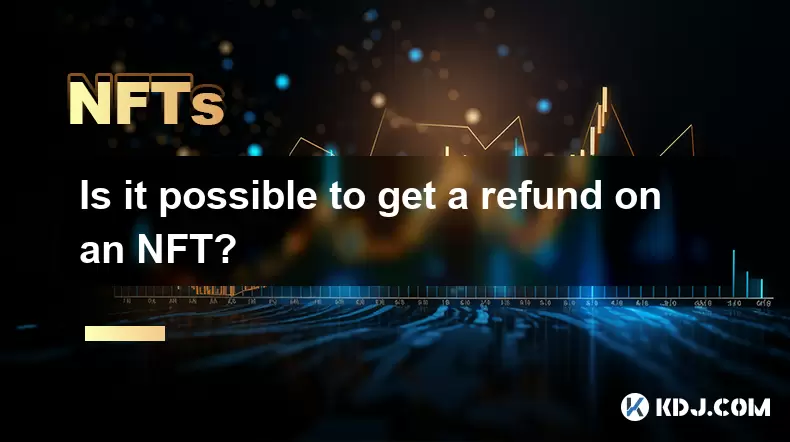
Is it possible to get a refund on an NFT?
Jul 21,2025 at 08:35pm
Understanding NFT Transactions and RefundsWhen you purchase an NFT (Non-Fungible Token), the transaction is typically recorded on a blockchain, making...
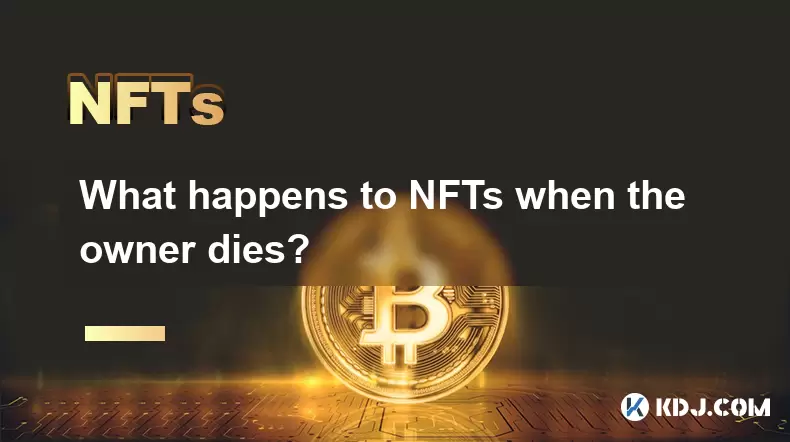
What happens to NFTs when the owner dies?
Jul 22,2025 at 02:43pm
Legal Ownership and Digital AssetsWhen an individual owns NFTs, the question of what happens to these assets upon their death is a pressing one. NFTs ...
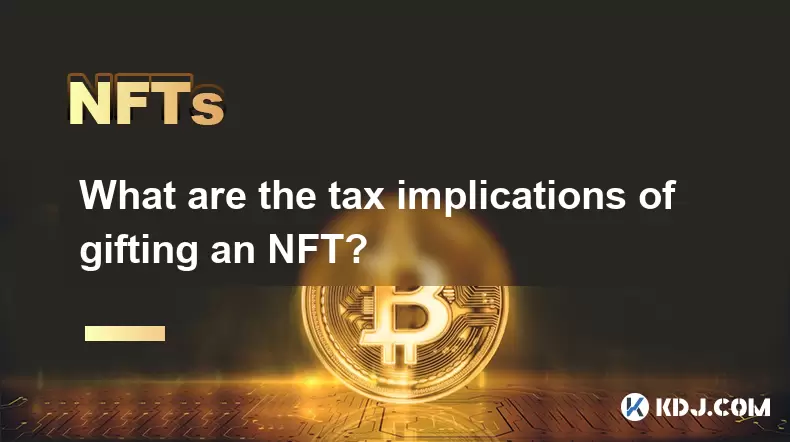
What are the tax implications of gifting an NFT?
Jul 19,2025 at 04:21am
Understanding the Basics of NFT GiftingGifting a Non-Fungible Token (NFT) involves transferring ownership from one individual to another without recei...
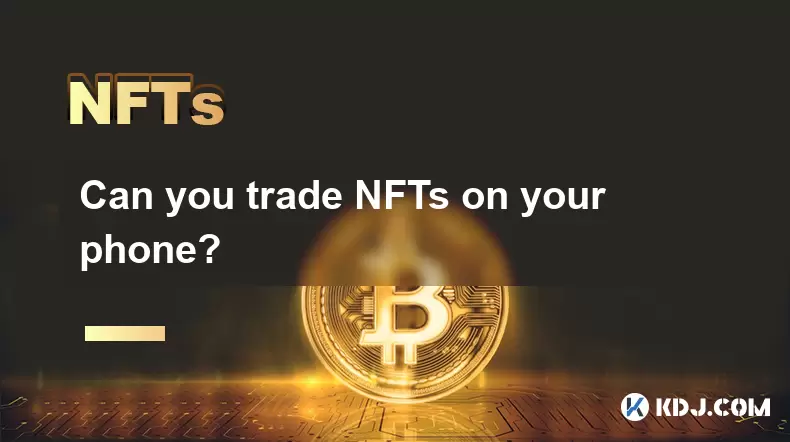
Can you trade NFTs on your phone?
Jul 18,2025 at 04:29am
Trading NFTs on Mobile DevicesYes, you can trade NFTs on your phone, and the process has become increasingly streamlined thanks to a variety of mobile...
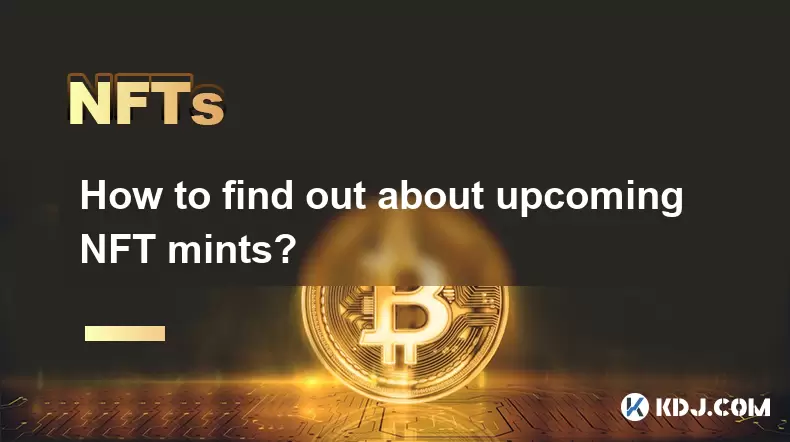
How to find out about upcoming NFT mints?
Jul 18,2025 at 11:50am
Exploring NFT Minting OpportunitiesUnderstanding the landscape of upcoming NFT mints is crucial for collectors, investors, and creators who wish to st...
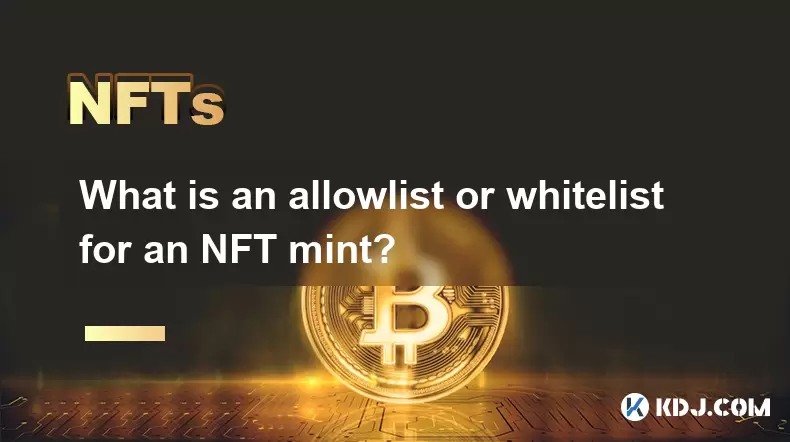
What is an allowlist or whitelist for an NFT mint?
Jul 20,2025 at 07:14pm
Understanding the Concept of an Allowlist for NFT MintingAn allowlist, also commonly referred to as a whitelist, is a mechanism used in the NFT mintin...

Is it possible to get a refund on an NFT?
Jul 21,2025 at 08:35pm
Understanding NFT Transactions and RefundsWhen you purchase an NFT (Non-Fungible Token), the transaction is typically recorded on a blockchain, making...

What happens to NFTs when the owner dies?
Jul 22,2025 at 02:43pm
Legal Ownership and Digital AssetsWhen an individual owns NFTs, the question of what happens to these assets upon their death is a pressing one. NFTs ...

What are the tax implications of gifting an NFT?
Jul 19,2025 at 04:21am
Understanding the Basics of NFT GiftingGifting a Non-Fungible Token (NFT) involves transferring ownership from one individual to another without recei...

Can you trade NFTs on your phone?
Jul 18,2025 at 04:29am
Trading NFTs on Mobile DevicesYes, you can trade NFTs on your phone, and the process has become increasingly streamlined thanks to a variety of mobile...

How to find out about upcoming NFT mints?
Jul 18,2025 at 11:50am
Exploring NFT Minting OpportunitiesUnderstanding the landscape of upcoming NFT mints is crucial for collectors, investors, and creators who wish to st...

What is an allowlist or whitelist for an NFT mint?
Jul 20,2025 at 07:14pm
Understanding the Concept of an Allowlist for NFT MintingAn allowlist, also commonly referred to as a whitelist, is a mechanism used in the NFT mintin...
See all articles























